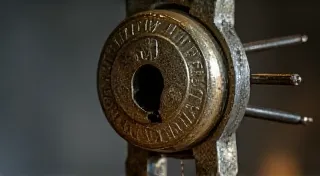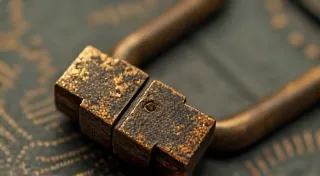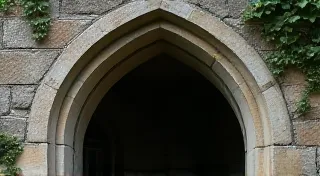The Cartographer of Absence: Mapping Security Vulnerabilities and the Writer’s Instinct
The click of a tumbler falling into place, the satisfying rasp of pins aligning – these sounds, seemingly trivial, possess a resonance that whispers of secrets and ingenuity. I discovered this resonance not in a darkened alleyway, but within the bellows of a vintage accordion. My grandfather, a quiet man of meticulous habits, possessed a collection of these instruments. He wouldn’t play them for audiences; his performances were private, a conversation between his fingers and the intricate workings of the machine. He’s the one who first sparked my fascination with understanding how things work, and how they might be… circumvented. It wasn’t about breaking in, of course, but about appreciating the architecture of the system, the delicate balance between function and constraint.
My grandfather understood security not as an absolute barrier, but as a challenge, an invitation to problem-solve. This understanding, I'm realizing now, holds profound parallels to the craft of writing. A novel, a short story, even a seemingly straightforward piece of journalism, is a complex structure. It’s a system designed to evoke emotion, impart information, or entertain. And just like a lock, it has vulnerabilities – points of weakness that, if exploited, can undermine the entire edifice.
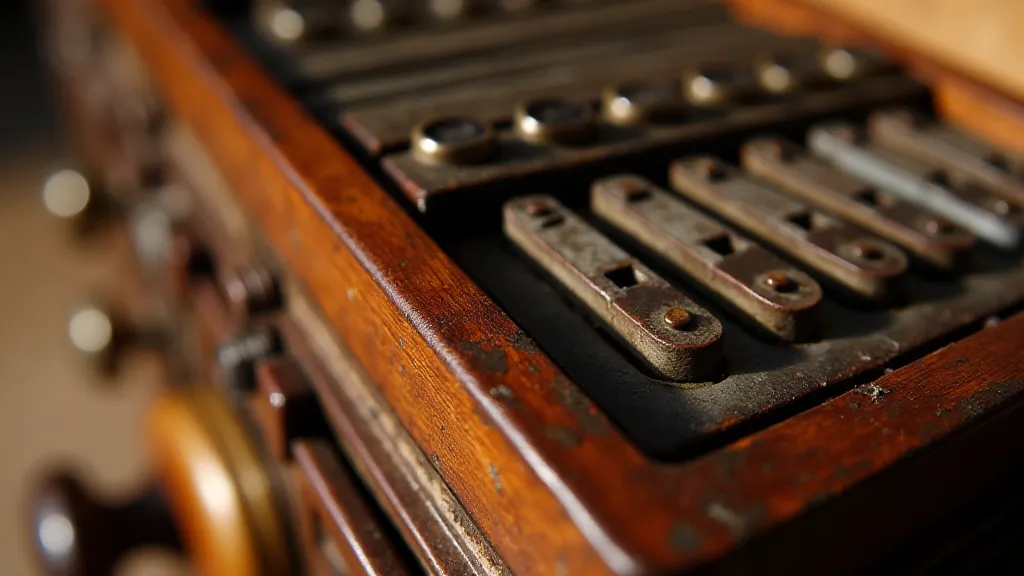
The Psychology of Boundaries
The impulse to secure, to create boundaries, is deeply ingrained in the human psyche. Fences protect property. Locks safeguard possessions. We build walls – both literal and metaphorical – to define ourselves, to delineate our territory, to control the narrative of our lives. But boundaries, by their very nature, imply something that lies beyond them – something desired, something missing.
Consider the history of locks. Early mechanisms were crude, relying on simple wedges or pins. As society evolved, so too did the technology of security. The development of the pin tumbler lock, for example, represented a significant leap forward, offering a greater degree of resistance to unauthorized access. Yet, with each advancement in security technology, came the inevitable rise of those who sought to overcome it. The cat-and-mouse game between locksmiths and locksmiths – a cycle of innovation and circumvention – is a testament to the enduring human drive to explore, to challenge, and to find ways around seemingly impenetrable barriers.
Lock Picking: More Than Just a Skill
The practice of lock picking, when pursued ethically and responsibly, is not about transgression; it’s about understanding. It's about appreciating the ingenuity of the design, the subtle interplay of levers and tumblers. It necessitates a tactile awareness, a sensitivity to minute variations in the mechanism. It's an exercise in patience and observation, a meditative process that demands a quiet focus. The tools themselves – the tension wrench, the rake, the hook – are extensions of the hand, instruments of exploration, allowing you to *feel* the internal workings of the lock.
I never picked locks with malicious intent. My interest was purely academic – a desire to deconstruct, to understand the underlying principles. Just as a mechanic dissects an engine to understand its operation, I disassembled locks to appreciate their design. It’s a form of reverse engineering, a process that can be applied to countless fields, including the craft of writing.
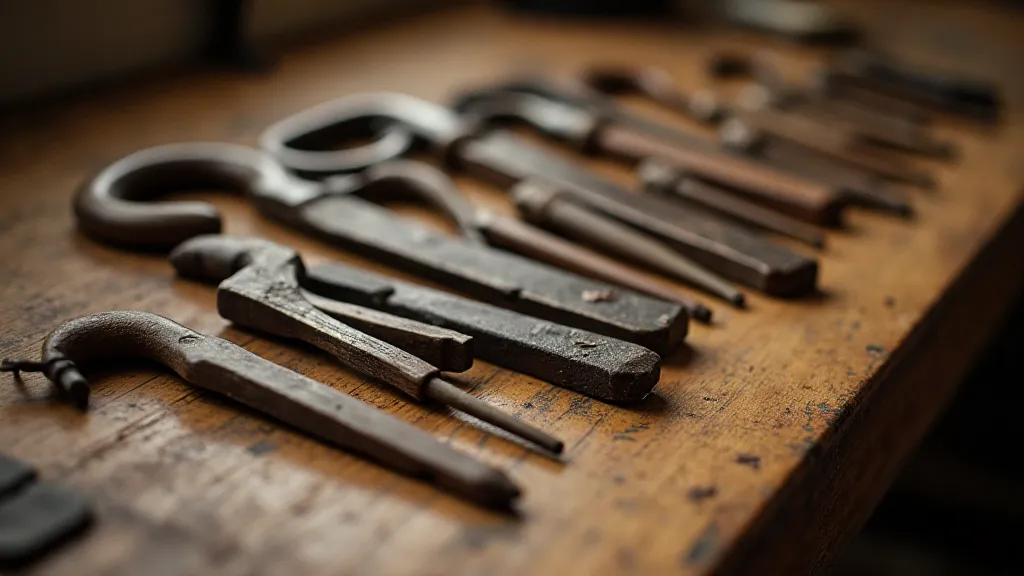
The Writer as Cartographer of Absence
Think of a novelist crafting a compelling narrative. They build a world, populate it with characters, establish a plot. But a truly great novel isn't just about what *is* present; it's about what is *missing*. What secrets are hidden? What motivations remain unspoken? What possibilities remain unexplored?
Just as a lock picker charts the potential entry points into a locked mechanism, a writer maps the gaps and silences within their narrative. They identify the structural weaknesses, the points of vulnerability, and use these to create tension, ambiguity, and depth. A poorly constructed narrative, like a poorly designed lock, will reveal its flaws under scrutiny. A flimsy plot will unravel. Unrealistic characters will fail to resonate. Dialogue will sound unnatural. The reader, like a skilled locksmith, will quickly identify the points of weakness and move on.
The 'cartographer of absence,' then, is the writer who actively seeks out these gaps, these silences. They understand that the most powerful moments in a story often arise not from what is explicitly stated, but from what is implied, what is suggested, what is left unsaid. They are the ones who can exploit those vulnerabilities, creating a narrative that is not only engaging, but also profoundly insightful.
Restoration & Reflection
My grandfather’s accordions weren't always in such good condition. He restored them, meticulously cleaning and repairing the delicate components. The process itself was an act of understanding - tracing the history of each part, appreciating the original craftsmanship, and bringing it back to its former glory. He saw the flaws not as defects, but as opportunities for learning and improvement.
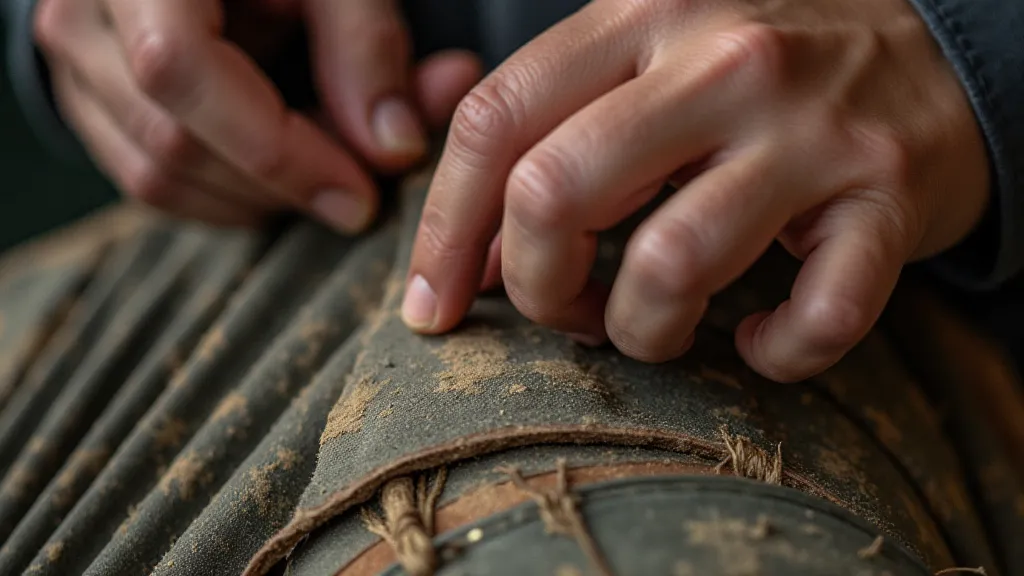
Similarly, the writer’s work is an ongoing process of refinement. It requires a willingness to confront the flaws in their own writing, to identify the points of weakness, and to revise and improve their work accordingly. It's a process of constant exploration, a journey of discovery, both of the external world and of the internal landscape of the self. And just like the click of a tumbler falling into place, the moment of clarity, when a flawed structure reveals its potential, is an extraordinarily rewarding experience.
